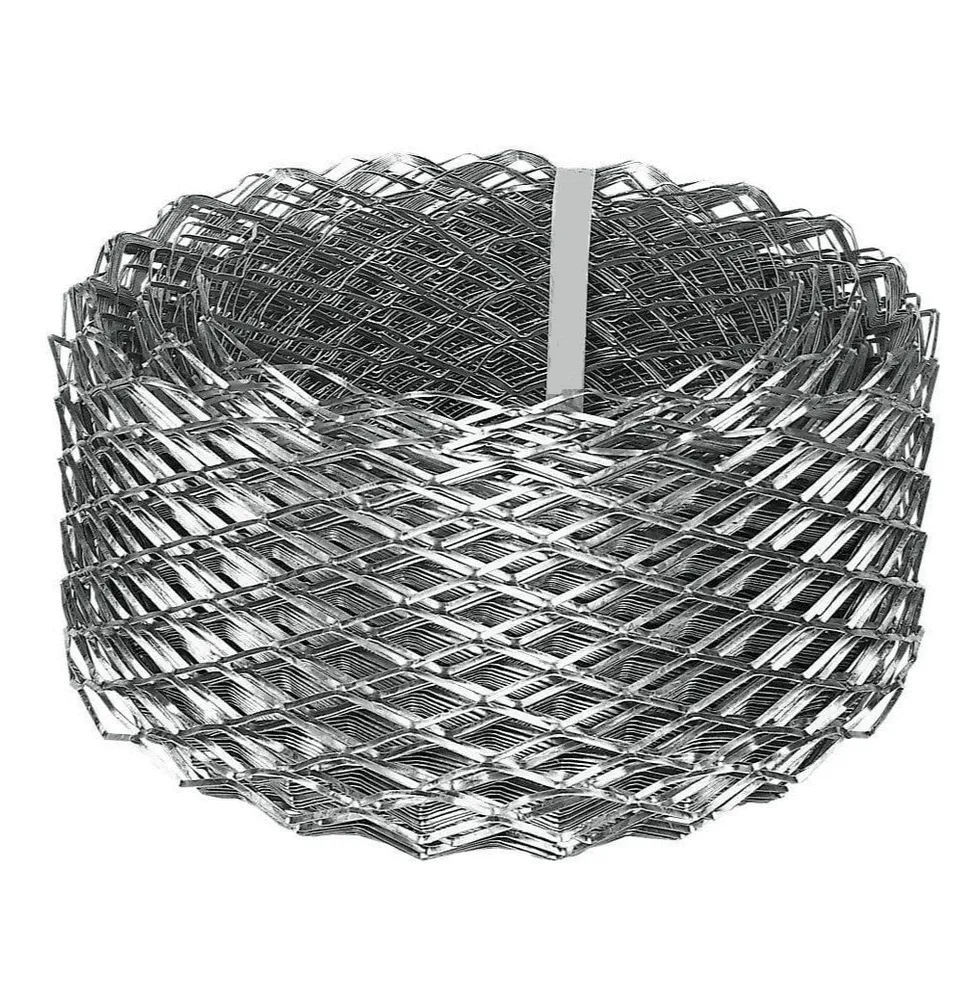
- Mobile Phone
- +8613931874955
- sales@cntcmetal.com
Exploring Various Types of Coil Springs and Their Unique Applications in Engineering
Different Types of Coil Springs
Coil springs are vital components in various mechanical systems, ranging from automotive applications to industrial machinery. These springs store energy and provide resistance to compressive and tensile forces, making them essential for ensuring stability, comfort, and performance in numerous applications. Understanding the different types of coil springs and their specific uses can help in selecting the right spring for a project.
1. Compression Springs
Compression springs are designed to operate under compression load. They are typically tightly wound, with the coil spacing closely arranged to allow for maximum resistance when a weight or force is applied. When the load is removed, these springs return to their original length, thus storing potential energy. Compression springs are widely used in applications such as mattresses, automotive suspension systems, and various machinery components. Their primary function is to absorb shock and maintain a stable structure under load.
2. Extension Springs
As the name suggests, extension springs are engineered to handle tensile forces. They are made of coiled wire that is typically wound in a helix with a uniform spacing between coils. These springs provide resistance when they are pulled apart and are commonly used in applications such as garage doors, trampolines, and various types of machinery. Extension springs often have hooks or loops on both ends, allowing them to attach easily to other components. When the tension force is removed, these springs return to their original shape.
Torsion springs operate differently than compression and extension springs. They are designed to store potential energy when twisted, providing a rotating force. The coils are usually wound closely together, and the spring operates by twisting around its axis. Torsion springs are prevalent in applications like clothespins, vehicle suspensions, and any device needing a rotational force. The unique design allows for effective energy storage while providing sufficient torque to perform necessary functions when released.
different types of coil springs

4. Constant Force Springs
Constant force springs are a specialized type of coil spring that provides a constant force over a range of motion. Instead of changing strength based on the amount of deformation, these springs deliver a consistent tensile or compressive force. This makes them ideal for applications such as retractable mechanisms, counterbalances, and various automated devices. The continuous pressure they exert allows for precision tasks and smooth operation over a wide range without the fluctuations seen in typical springs.
5. Die Springs
Die springs are heavy-duty compression springs specifically designed for die machinery in manufacturing processes. They are made from high-strength steel and are often painted in bright colors to indicate their strength and load capability. Die springs are widely utilized in manufacturing processes that require robust and durable springs, such as stamping, punching, and injection molding. Their ability to withstand heavy loads and frequent cycling makes them indispensable in the tool and die industry.
6. Specialty Springs
In addition to the common types mentioned above, several specialty springs cater to unique applications. These include variable pitch springs, which have coils spaced at different intervals to adjust stiffness along the spring's length; flat springs, which are not coiled but serve similar functions; and music wire springs, made from high-carbon steel, tailored for instruments and high-stress applications due to their strength and elasticity.
Conclusion
In summary, coil springs are versatile components that play critical roles in a wide array of mechanical systems. By understanding the different types of coil springs—compression, extension, torsion, constant force, die springs, and specialty springs—engineers and designers can make informed decisions in selecting the right spring for their applications. The right choice leads to enhanced performance, durability, and reliability of the mechanisms they serve, highlighting the importance of these seemingly simple but crucial mechanical devices in everyday life.
share:
-
Why Sacrificial Formwork Is Redefining Underground ConstructionNewsJun.06,2025
-
The Structural Dynamics of Modern Concrete: How Snake Spacers Revolutionize Flexible ReinforcementNewsJun.06,2025
-
Snake Spacers Smart-Lock Concrete Reinforcement with Surgical PrecisionNewsJun.06,2025
-
Snake Spacers: Reinforcement Precision for Modern Concrete ProjectsNewsJun.06,2025
-
Snake Spacers Powering Concrete's Structural DNANewsJun.06,2025
-
Slither into Success: Snake Spacers' Precision Bite for Unbreakable ReinforcementNewsJun.06,2025
-
Sacrificial Formwork: Building Stronger, Faster, and Safer StructuresNewsJun.06,2025



















